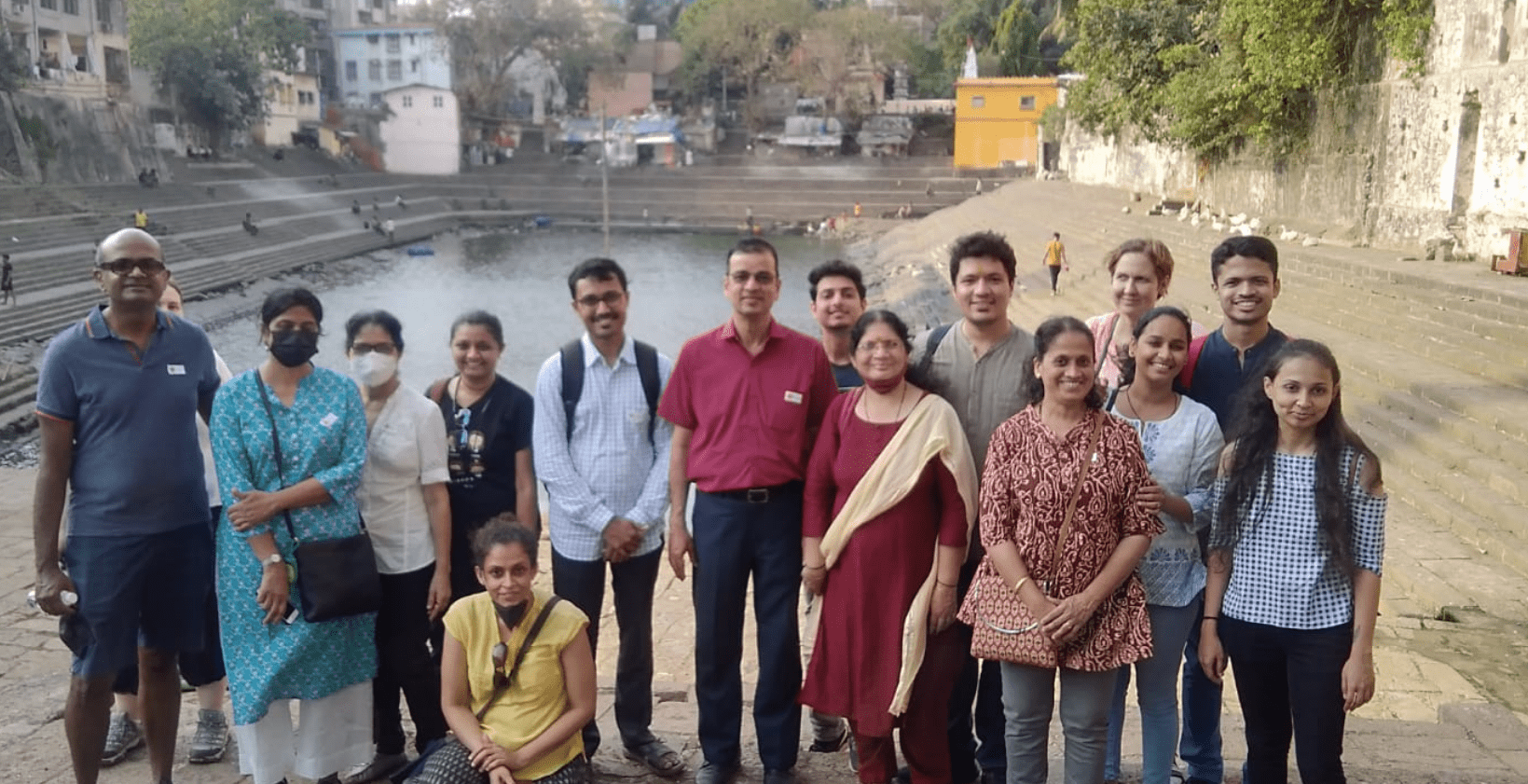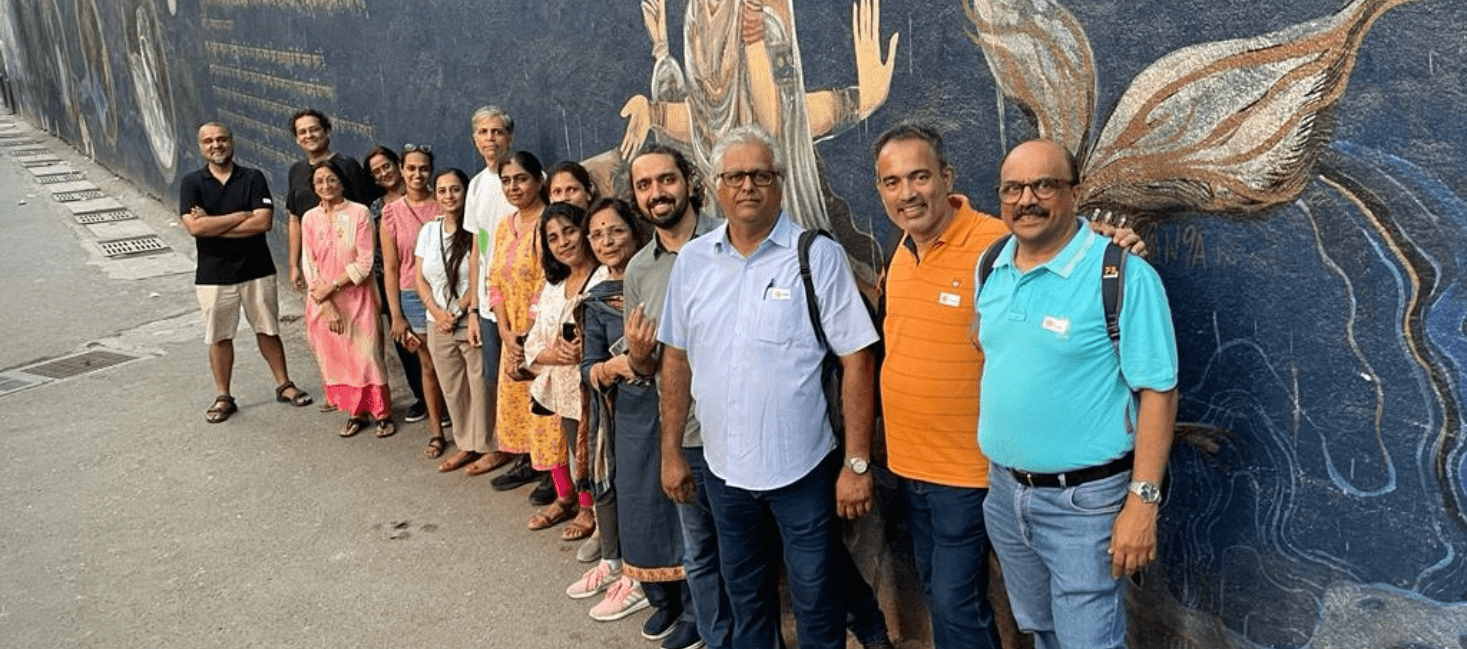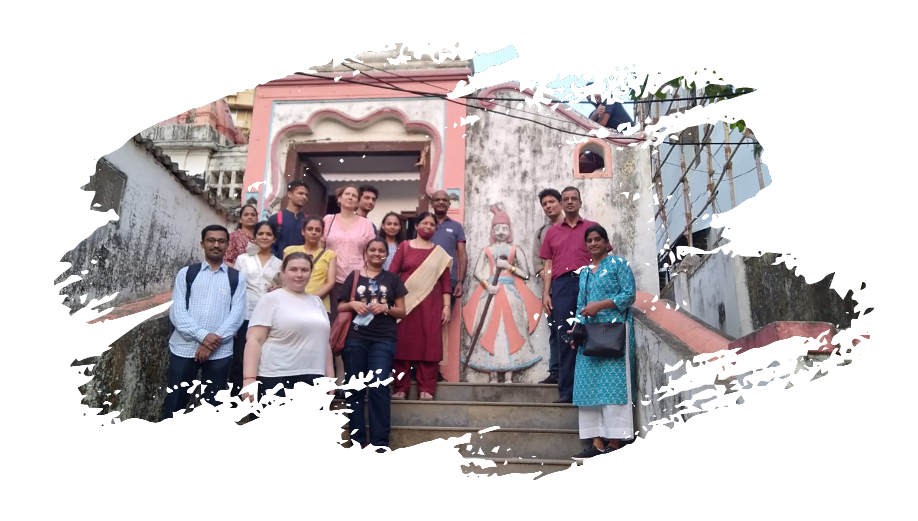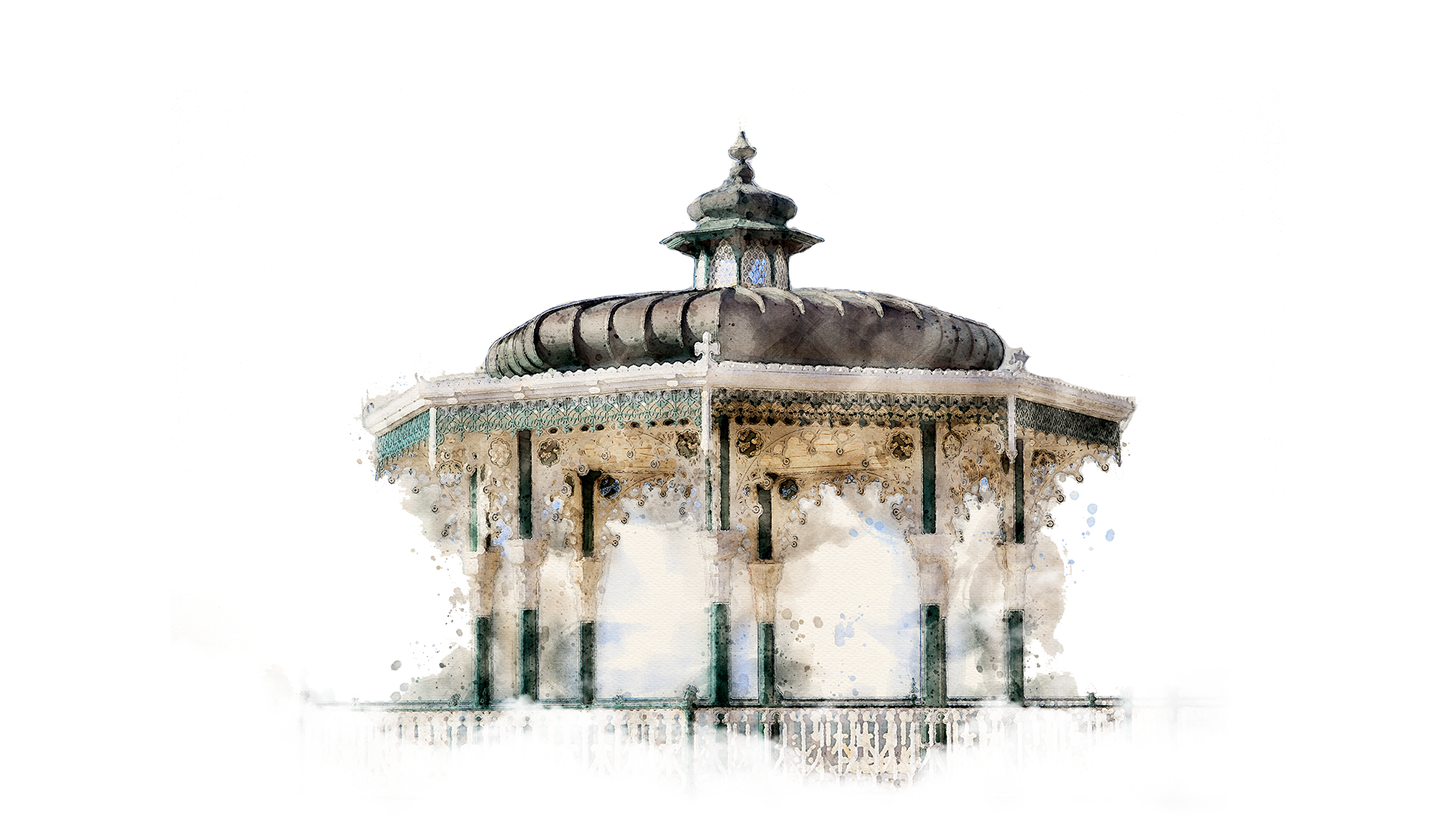

India has always been famous for its rich heritage and ancient culture. The combination of rich heritage and culture along with the current trends make it a land where traditions coexist with modernity. The numerous attractions in India reflect the rich cultural legacy of the nation.
India’s glorious past attracts millions of tourists each year to its heritage tourist attractions as it is one of the best and easiest ways to explore and learn. Heritage tourism in India takes travellers beyond exotic beaches, picturesque hills, and luxurious resorts. India was house to some of the most ancient civilizations in the world and so the stories are endless. Each destination has something unique to offer – temples narrate stories from mythology, monuments showcase great architecture, craftsmanship and forts echo the battles that were fought and kingdoms they encased.
As of 2002, 40 sites were given the heritage status by UNESCO and another 49 are on the tentative list. Adding to these India has about 3,700 centrally protected sites under the Archaeological Survey of India (ASI) that depict India’s rich heritage and culture along with its fascinating history, and these attract large numbers of domestic and international visitors year after year. Some of the most popular heritage destinations in India are the Taj Mahal in Agra, Hampi, Mandawa Castle in Rajasthan, Qutub Minar and the Red Fort in Delhi, Valley of Flowers National Park in Uttarakhand, Khajuraho temples and the Ajanta Ellora caves to name a few.

Heritage tourism in India has gained a lot of popularity and immense growth in the last few years after the initiatives taken by the government of India to boost India’s image as a destination for heritage tourism. Some of the activities that have promoted heritage tourism are effective marketing campaigns, light and sound shows, heritage walks and cycle tours, culinary events, and festivals that have been introduced at different heritage destinations, which not only attract tourists but also create jobs and increase socio economic sustainability overall growth. With the advent of digitalization, a lot of focused initiatives have taken place to encourage heritage tourism. For example, walking tours, self-guided mobile applications, virtual reality, and augmented and interactive experiences are bound to attract more and more tourists not just from India but outside.
Walking tours have gained much popularity in recent years. These are tours of a historical or cultural site undertaken on foot. Short tours can last below an hour while longer ones can take in multiple sites for half a day depending on the itinerary. These walks are led by a tour guide or an escort, that enlightens you about the local culture, history, and different things about that heritage place or monument.
Walking tours are beneficial and are gaining momentum due to the following reasons:

While heritage tourism and walk tours are increasing, what’s also increasing with them is digital intervention. One can simply think of a heritage place and use their smartphone to book an entire tour. Multiple mobile applications like The Heritage Project’s Amble have been developed and endorsed by the Maharashtra Tourism Development Corporation (MTDC) and Municipal Corporation of Greater Mumbai (MCGM) that ensures a reliable, and pleasant travel experience for the visitor.
An increase in heritage tourism is also impacting the economic growth of India positively by generating jobs and creating new business opportunities and improving the quality of life for locals. Further, the Indian Government’s ‘Adopt a Heritage’ program encourages public-private partnerships to develop and maintain heritage sites sustainably and has increased the emphasis on the preservation, conservation, and restoration of heritage sites, thereby enhancing economic growth and maintaining the rich heritage and culture of India.

For all enquiries, please fill in the form below. We will get back to you soon.